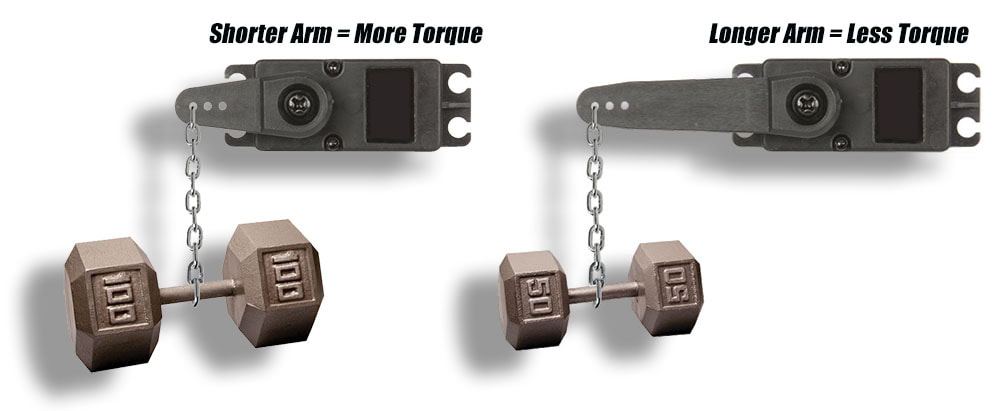|
The RCcarStars Team had to go out and have some fun at Jesmond Dene Park in Escondido, California. Please enjoy our Sand Bashing Session, with 2 Traxxas Slash 2wd RC cars, 2 Team Associated T4 and 2 Armma Granite 4wd rc cars. All have been upgraded with brushless systems, aluminum upgrades, custom painted bodies, sand paddle tires running 2s Batteries.
0 Comments
Another custom build going home to a happy customer. We took a pretty much stock Arrma Kraton 6s and threw it on a M2c chassis threw on MIP drive shafts, RPM arms and wing mount, then added just about every Hot Racing Aluminum HopUp, tossed in a titanium steering rack brace and turnbuckles and finished it off with a Castle Mamba Monster 8s motor/ESC combo. RCcarStars is here to assist you with your custom build needs! Need more steering-servo power? Don't buy a new servo, just use a shorter arm to get more leverage! Servo-arm length does affect how much torque is applied to the steering system. A longer arm will give you less torque, but you will get more steering throw (assuming the steering system can accommodate it). If you install a shorter servo arm, you’ll get the opposite: Torque goes up, but you’ll have less steering throw. If your current setup requires you to chop off a significant chunk of travel using endpoint settings, move the servo-arm linkage closer to the output shaft to put more of the servo’s travel (and torque) to work. (Nerd alert: The servo’s actual torque rating never actually changes, of course. Only the amount of torque transmitted via the servo arm changes.) (Nerd alert: The servo’s actual torque rating never actually changes, of course. Only the amount of torque transmitted via the servo arm changes.)
Electric vehicles are the most popular form of racing and Spec classes like the 17.5T Stock 2WD buggy class have a huge number of participants at RC tracks everywhere. It combines skill and set-up knowledge along with a level of speed that’s fast enough to test most racers in a fun and competitive atmosphere. And just like any form of racing where there are limits on power (F1, NASCAR, Supercross, etc.), racers try and find an edge to give them a slight advantage. An area that isn’t often discussed is cooling of electronics and the use of small fans to improve efficiency and power. Art Sanfratello is the owner of RC Speed Secrets (rcspeedsecrets.com) and specializes in selling tuning options for racers. He has his own line of fans and knows a few things about their application and benefits. We got a chance to sit down with Art and have him shed some light on the topic. RC Car Action: You’re kind of the guy known for selling tuning options like small fans from WTF. We’ve seen them used for years with touring cars, but lately there seems to be a big push among racers to use them in buggies. Why do you think this is?
Art Sanfratello: For the same reasons we see the on-road guys using them to bring down their motor temps and operating temps for the speed controls. I was doing both on-road and off-road racing and figured it would be a good idea to bring the fans in to the Stock Buggy Class “Scene.” I thought it would be better to see our electric systems coming off the track at 100F instead of 170F. With a little bit of testing, I was able to find a bit more punch toward the end of the mains in five to seven-minute races. We are seeing a big jump in efficiency toward the end of races since the entire electric system stays cool. By cooling the motor, you’re also cooling the battery and the operating temps of the speed control. When you just cool the speed control, you don’t see the same benefits of also cooling the battery and motor. Not only are you getting a punchier car toward the middle to end of a race, but you are helping to extent the overall life of your electronics. In theory, your entire electrical system will have longer life and see an improvement in durability since you aren’t subjecting them to the high harmful temps. What kind of drops are most racers expected to see in their 2WD buggy versus not using anything at all? Art Sanfratello: Obviously there are some other factors there including timing of the motor, gearing, traction, ambient temperature and things of that nature, but speaking on an average, I’m seeing guys running in the 160-170F range running without a fan on the motor after five to six minutes, are now usually getting around 100F or just below 100F. So in a lot of cases, you can see upwards of 70 degrees cooling difference- that’s a lot of performance gain. And as apposed to popular opinion, a fan doesn’t really draw that much power does it? Art Sanfratello: Well specifically, the RC Speed Secrets fans are designed to be in an RC car. The 30mm fan at 8.4 volts is operating at about 28,000 rpm and is only drawing about .43 amps. It does have a ball bearing in it as opposed to plastic male and female spinning parts- it’s normally what you’d find in your average 6.0 volts fan. A RCSS fan can be run at 8.4 volts, meaning you can wire it direct to the speed control or battery posts instead of just plugging it in to the receiver that limits the voltage to 6.0 volts. By going direct at 8.4 volts, you boost the rpm another 5 to 10,000. This really maximizes the output of the fan and having the ball bearing inside adds a lot of efficiency and keeps the amperage down. So the battery draw is minimal, and for instance, isn’t going to make a difference if you’re on the starting line with the fan running. Article Credit: Radio Control CarAction www.rccaraction.com/ |
AuthorRCcarStars technicians are always happy to provide our customers and fans with tips and tricks on maintaining your RC cars and trucks. Archives
August 2022
Categories
All
|





 RSS Feed
RSS Feed